Tortoises have fascinated humans for centuries with their remarkable longevity, often outliving their owners and becoming multi-generational family members. While most pets accompany us for a decade or two, tortoises can witness entire human lifetimes unfold—some species regularly surpassing 100 years in captivity. This extraordinary lifespan isn’t just a biological curiosity; it represents a profound commitment for tortoise owners who must consider the implications of caring for an animal that may outlive them. Understanding the science behind tortoise longevity not only illuminates fascinating evolutionary adaptations but also prepares owners for the unique responsibilities of tortoise guardianship. From their slow metabolisms to their specialized biological defenses against aging, tortoises offer valuable insights into longevity itself—and perhaps even lessons for our own lives.
The Remarkable Longevity of Tortoises: Breaking Records

Tortoises stand among the longest-lived vertebrates on our planet, with documented cases that astound even seasoned researchers. The famous Aldabra giant tortoise named Jonathan, living on St. Helena Island, is estimated to be at least 191 years old (born circa 1832) and remains active today, making him the oldest known living land animal. Galapagos tortoises routinely reach 150+ years in both wild and captivity settings, while even smaller species like Russian tortoises can live 40-75 years with proper care. These aren’t isolated cases or genetic anomalies—longevity is deeply woven into tortoise biology across virtually all species. Historical records suggest some specimens may have lived even longer than currently documented cases, though verification becomes challenging for animals that outlive multiple generations of human record-keepers.
Slow and Steady: Metabolic Rate and Aging

The tortoise’s famously slow pace extends far beyond their physical movement—it characterizes their entire metabolic approach to life. Tortoises possess exceptionally slow metabolic rates, meaning their bodies process energy and experience cellular activity at a fraction of the pace of mammals and birds. This slow metabolism directly correlates with slower aging processes at the cellular level, as the tortoise’s cells accumulate damage and wear at a significantly reduced rate. The “rate of living” theory suggests that metabolic rate often inversely correlates with lifespan across animal species—the slower the metabolism, the longer the potential lifespan. Tortoises exemplify this principle perfectly, demonstrating how their unhurried biological processes contribute to their extended lifespans by reducing oxidative stress and cellular damage that typically accelerate aging in faster-metabolizing animals.
Shell Protection: More Than Just Physical Defense
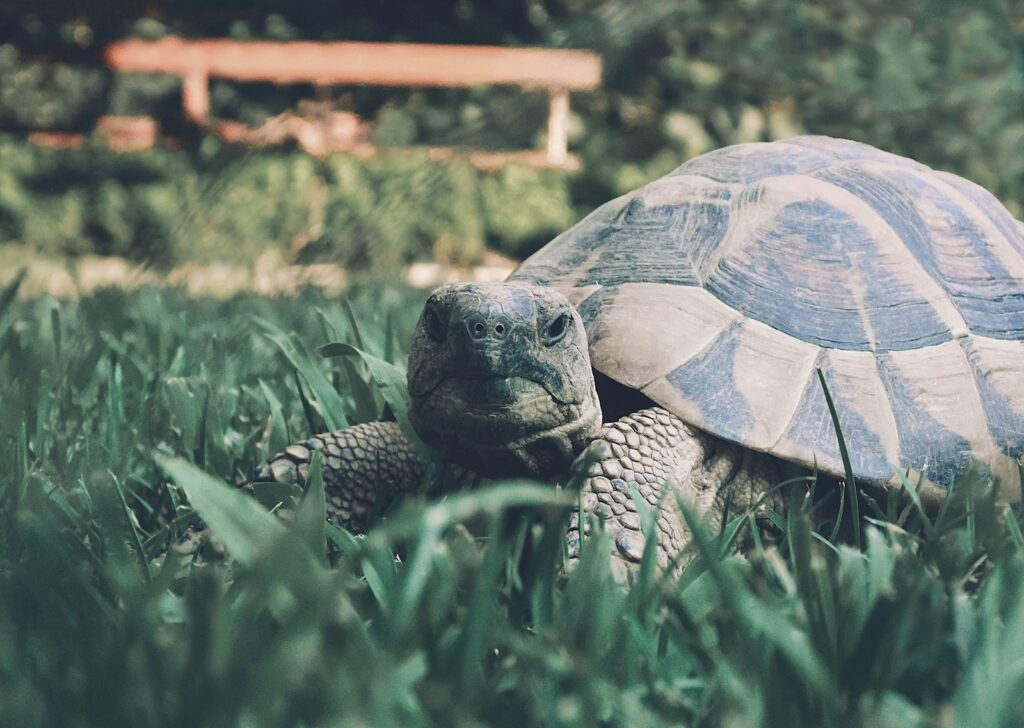
The tortoise’s iconic shell represents more than just physical protection from predators—it serves as a comprehensive life-extension system. This remarkable adaptation provides an environment of exceptional stability for vital organs, shielding them from temperature fluctuations, physical trauma, and many environmental stressors that typically accelerate aging in other animals. The shell’s continuous growth throughout life also reflects the tortoise’s indeterminate growth pattern, unlike mammals who stop growing after reaching maturity. This growth pattern allows tortoises to continue developing and repairing tissues long after other vertebrates have ceased such processes. Additionally, the shell’s calcium reserves provide a stable mineral bank that supports long-term health and resilience, further contributing to the tortoise’s impressive longevity by addressing multiple aging factors simultaneously.
Evolutionary Advantages of Tortoise Longevity
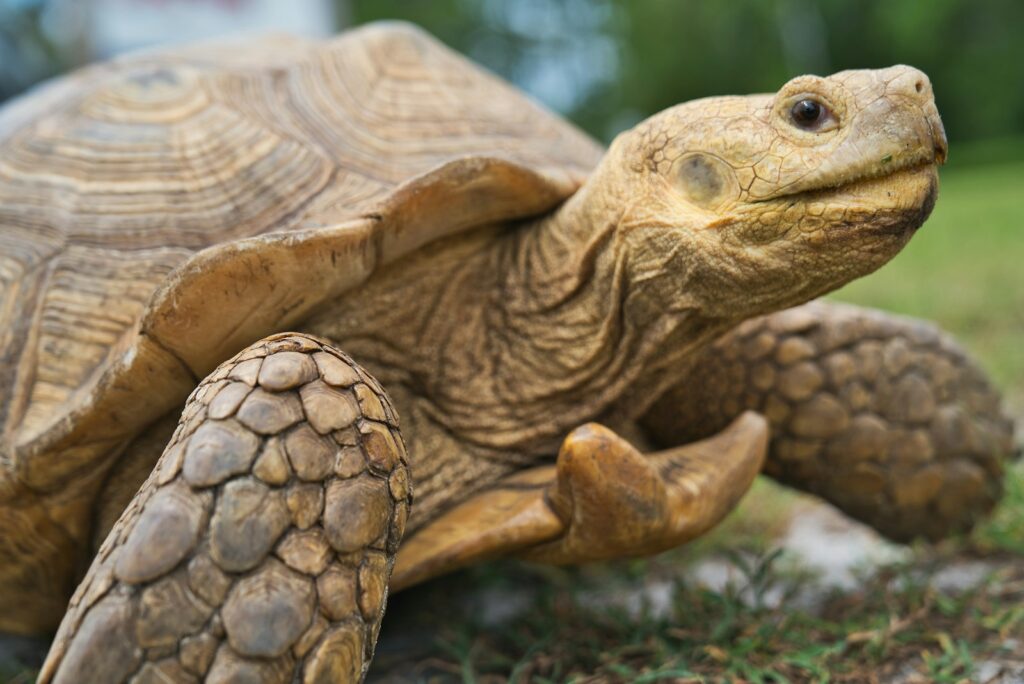
The extreme longevity of tortoises didn’t evolve by chance—it represents a successful evolutionary strategy perfectly suited to their ecological niche. Tortoises face high mortality rates during their early years, with countless hatchlings falling prey to predators before reaching maturity. Those that survive to adulthood, however, gain significant reproductive advantages through their extended lifespans, potentially producing offspring for many decades once they reach sexual maturity. This reproductive strategy favors investing in long-term survival rather than rapid reproduction, as each individual can contribute to the gene pool for a century or more. Evolutionary biologists note that this strategy proves particularly effective for species living in relatively stable environments where the ability to weather occasional harsh periods (like droughts) and reproduce during favorable conditions yields greater genetic success than rapid but short-lived reproductive cycles.
Cellular Defenses: Anti-Aging at the Microscopic Level
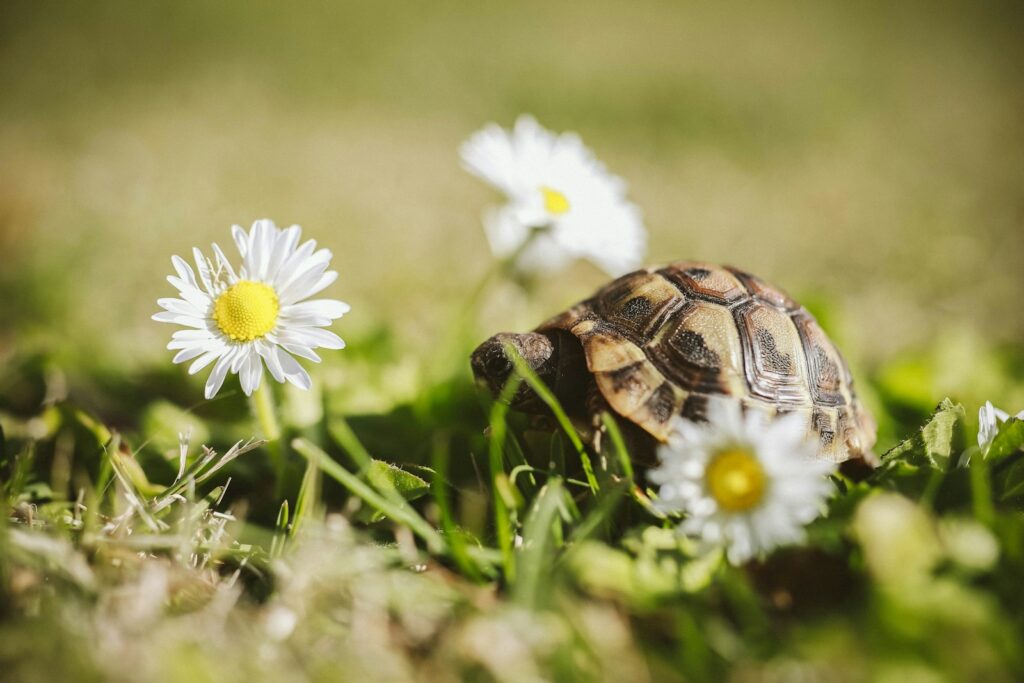
Recent scientific research has begun uncovering the cellular mechanisms behind tortoise longevity, revealing sophisticated biological defenses against aging. Tortoises possess enhanced DNA repair mechanisms that efficiently address genetic damage that accumulates over time, preventing the cascade of cellular dysfunction that typically drives aging. Their cells demonstrate remarkable resistance to oxidative stress—the damaging effect of free radicals that contributes significantly to aging in most organisms. Studies have found that tortoise cells contain higher concentrations of antioxidant compounds and more efficient protective enzymes than those of shorter-lived species. Perhaps most intriguing is research suggesting tortoises may have unique telomere maintenance systems; telomeres (the protective caps on chromosomes) typically shorten with age in most species, but tortoises appear to maintain telomere length more effectively, potentially contributing to their extended cellular lifespan and overall longevity.
Dietary Factors in Tortoise Longevity

The tortoise diet plays a crucial role in their extraordinary lifespan, characterized by natural caloric restriction and nutrient density. Wild tortoises consume primarily fibrous, low-calorie plant materials rich in micronutrients but relatively limited in easily accessible calories—a diet that mirrors the caloric restriction shown to extend lifespan in laboratory animals. Many tortoise species have evolved to thrive during periods of resource scarcity, developing metabolic systems that efficiently extract maximum nutritional value from minimal food intake. Their plant-based diet provides abundant antioxidants that combat cellular damage and inflammation associated with aging. The high fiber content also supports healthy digestive function throughout their long lives, preventing the inflammatory gut conditions that contribute to age-related diseases in many animals. This natural dietary pattern, when properly replicated in captivity, represents one of the controllable factors supporting tortoise longevity.
Estate Planning for Tortoise Owners
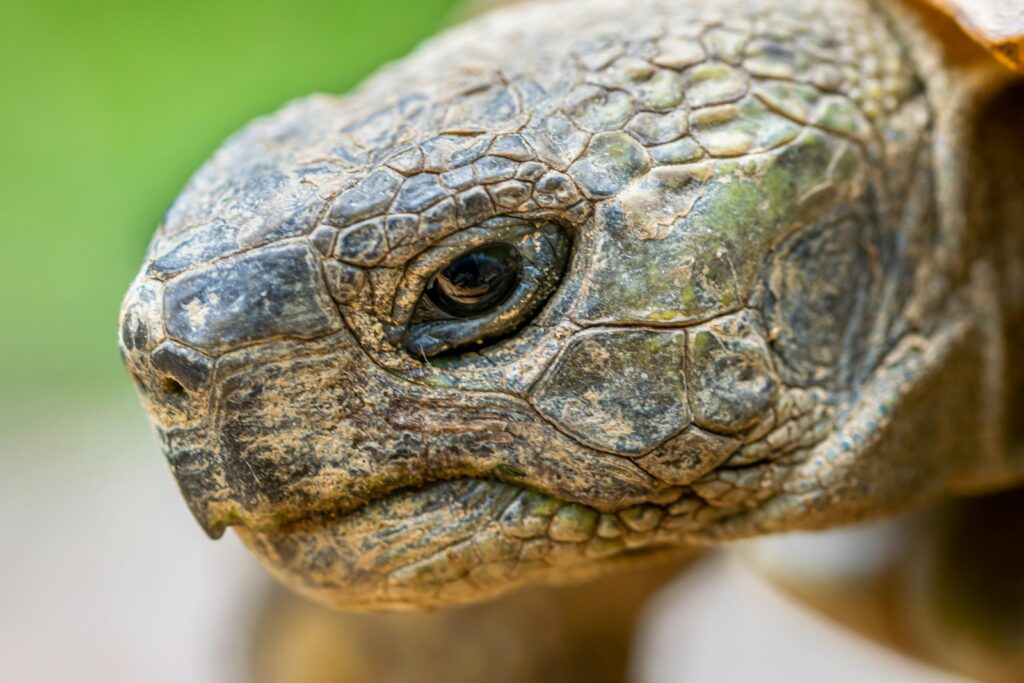
Owning a tortoise necessitates planning for its care beyond your own lifetime, creating unique estate planning considerations rarely encountered with other pets. Responsible tortoise ownership includes creating legally binding provisions for your tortoise’s future care, potentially spanning multiple human generations. Many owners establish tortoise trusts—specific financial instruments that allocate resources for the animal’s ongoing care needs, habitat maintenance, and veterinary expenses. Detailed care instructions should accompany these financial arrangements, documenting the tortoise’s habits, preferences, health history, and specific husbandry requirements. Identifying suitable caregivers represents perhaps the most challenging aspect of tortoise succession planning, requiring owners to find individuals or organizations with both the expertise and commitment to provide decades of appropriate care. Zoos, sanctuaries, and specialized rescue organizations increasingly offer programs specifically designed to accept and care for long-lived tortoises whose owners have passed away, providing important options for responsible transition planning.
Environmental Factors Affecting Captive Tortoise Lifespan
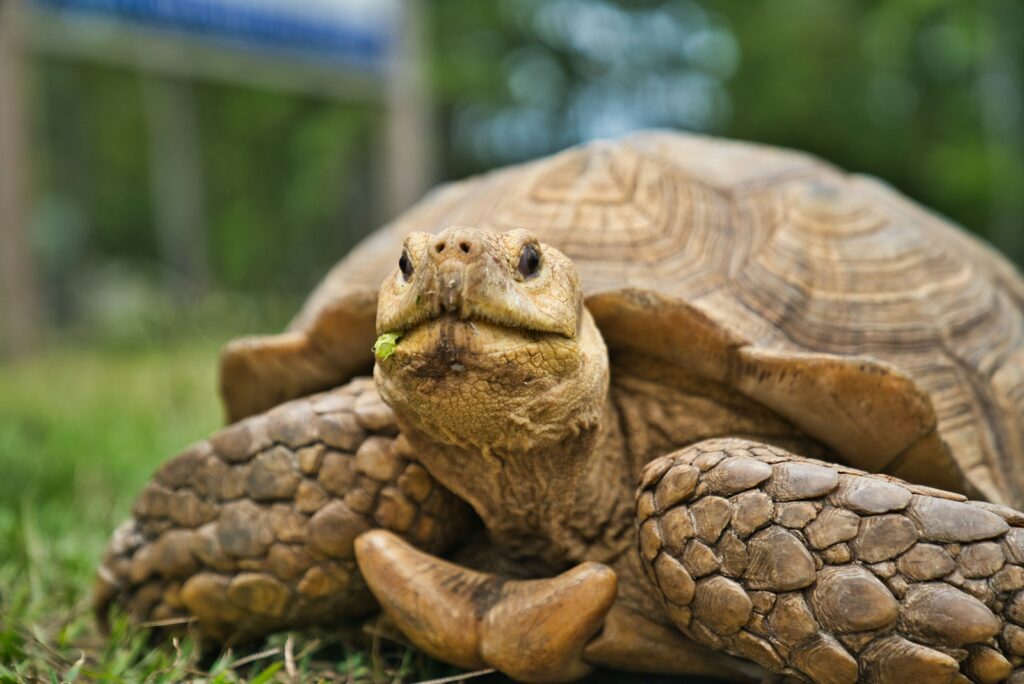
While tortoises possess remarkable longevity potential, their actual lifespan in captivity depends heavily on the environmental conditions provided by their caregivers. Temperature regulation represents a critical factor, as tortoises require specific temperature gradients for proper metabolism, immune function, and digestion—inappropriate heating or cooling can dramatically shorten their lives by disrupting these fundamental processes. Humidity levels must match the species’ natural habitat requirements, as improper humidity causes respiratory issues, shell deformities, and kidney problems that accumulate over decades. Appropriate substrate and habitat design prevent chronic stress and allow natural behaviors that contribute to psychological and physical health. Exposure to natural sunlight or proper artificial UVB lighting proves essential for vitamin D synthesis and calcium metabolism, directly impacting shell development and overall health throughout the tortoise’s long life. These environmental factors compound over decades, meaning small deficiencies in care can significantly impact a tortoise’s potential lifespan.
Health Monitoring for Long-Term Well-Being
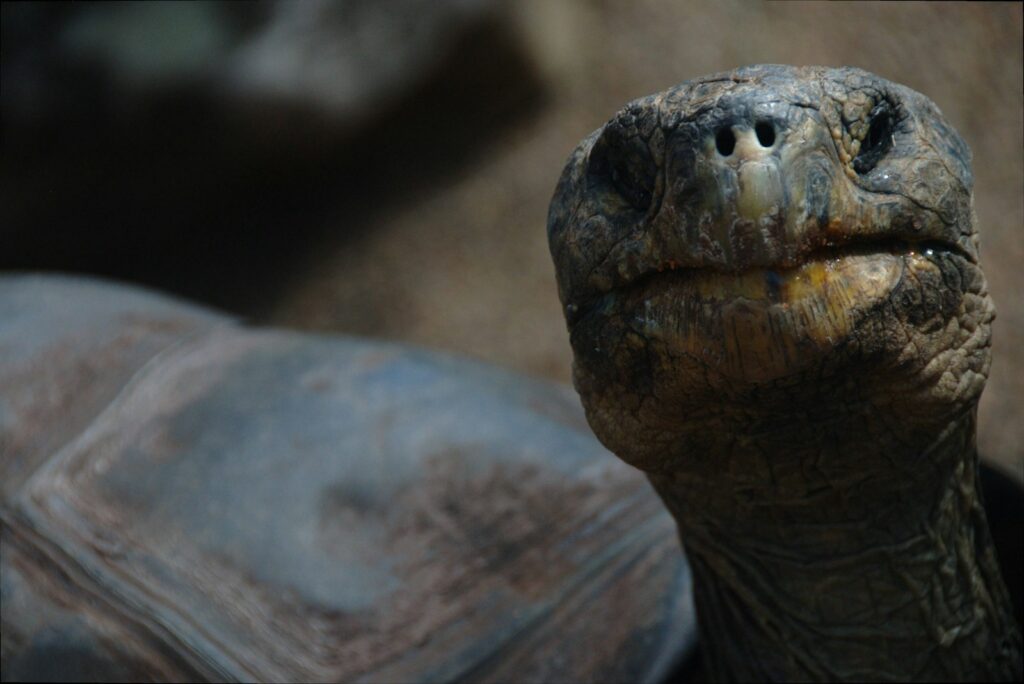
Providing decades of appropriate healthcare for a tortoise requires a proactive and observational approach unlike that needed for shorter-lived pets. Establishing baseline health parameters becomes essential, as subtle changes from an individual’s normal condition often provide the earliest indicators of developing health issues. Annual veterinary examinations should include weight tracking, shell measurements, and periodic blood work to detect changes before they become serious problems. Owners must become adept at recognizing species-specific signs of illness, which can be remarkably subtle in these stoic animals evolved to hide weakness. Maintaining detailed health records throughout the tortoise’s life provides invaluable historical context for veterinarians treating an animal that may live through multiple generations of professional care. This long-term health monitoring approach prevents the cumulative damage of chronic, unaddressed conditions that might otherwise limit the tortoise’s potential lifespan despite their biological capacity for extreme longevity.
Ethical Considerations of Long-Term Ownership

The extreme longevity of tortoises raises profound ethical questions that potential and current owners must thoughtfully consider. The commitment to tortoise ownership transcends the typical pet relationship, potentially spanning most of an owner’s lifetime and extending to their children or even grandchildren. This intergenerational responsibility requires honest assessment of one’s capacity to provide appropriate care not just now, but for decades to come, including considerations about future housing stability, financial resources, and personal health. The decision to acquire a tortoise impacts not only the current owner but potentially places obligations on future caregivers who may not have chosen this responsibility. Ethical ownership includes educating family members about proper care, establishing contingency plans, and recognizing that the tortoise’s natural lifespan represents a commitment extending far beyond most other life decisions. Many tortoise conservation organizations now advocate for adoption of existing captive tortoises rather than acquiring wild-caught specimens, addressing both ethical and conservation concerns surrounding these remarkable long-lived animals.
Species Differences in Longevity Potential
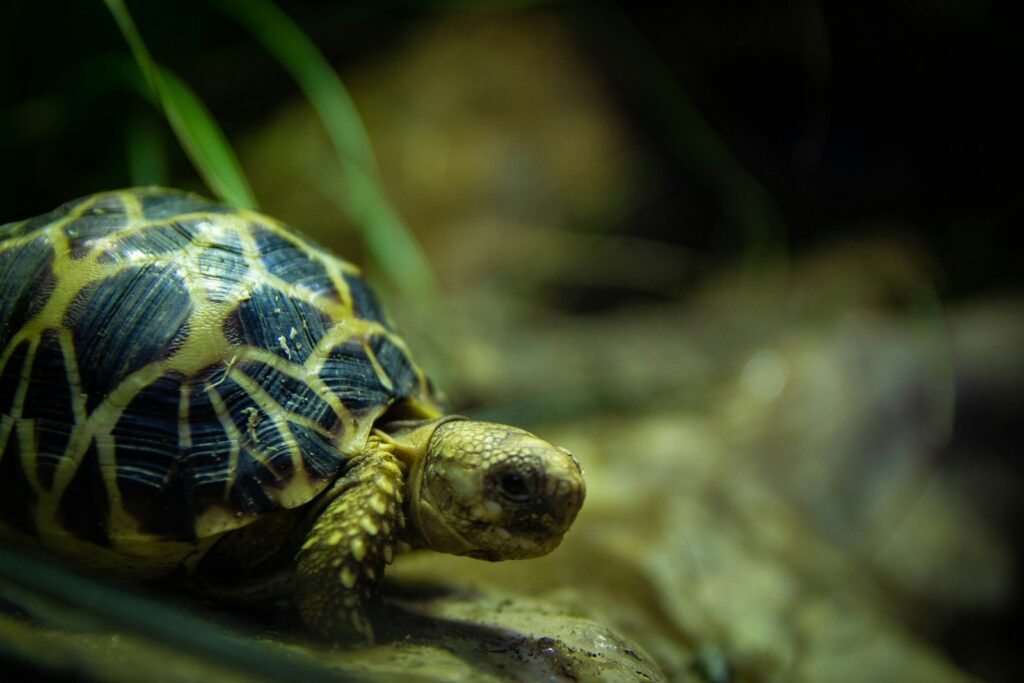
Not all tortoise species share identical longevity profiles, with significant variation in lifespan potential across different taxonomic groups. Giant species like Aldabra and Galapagos tortoises represent the extreme end of the spectrum, regularly exceeding 100 years and potentially reaching 150-200 years under optimal conditions. Mediterranean species such as Greek and Hermann’s tortoises typically live 50-100 years when properly cared for, making them still remarkably long-lived compared to most pets. Desert species including Russian and Egyptian tortoises generally average 40-75 years, though exceptional individuals may live longer. Smaller species like the popular Pancake tortoise tend toward the lower end of the tortoise longevity spectrum but still routinely reach 30-50 years. These differences reflect evolutionary adaptations to specific environmental pressures, metabolic variations, and growth patterns across tortoise lineages. Understanding the specific longevity profile of your tortoise species allows for more appropriate life planning and care considerations tailored to their biological timeline.
The Social Aspects of Tortoise Longevity
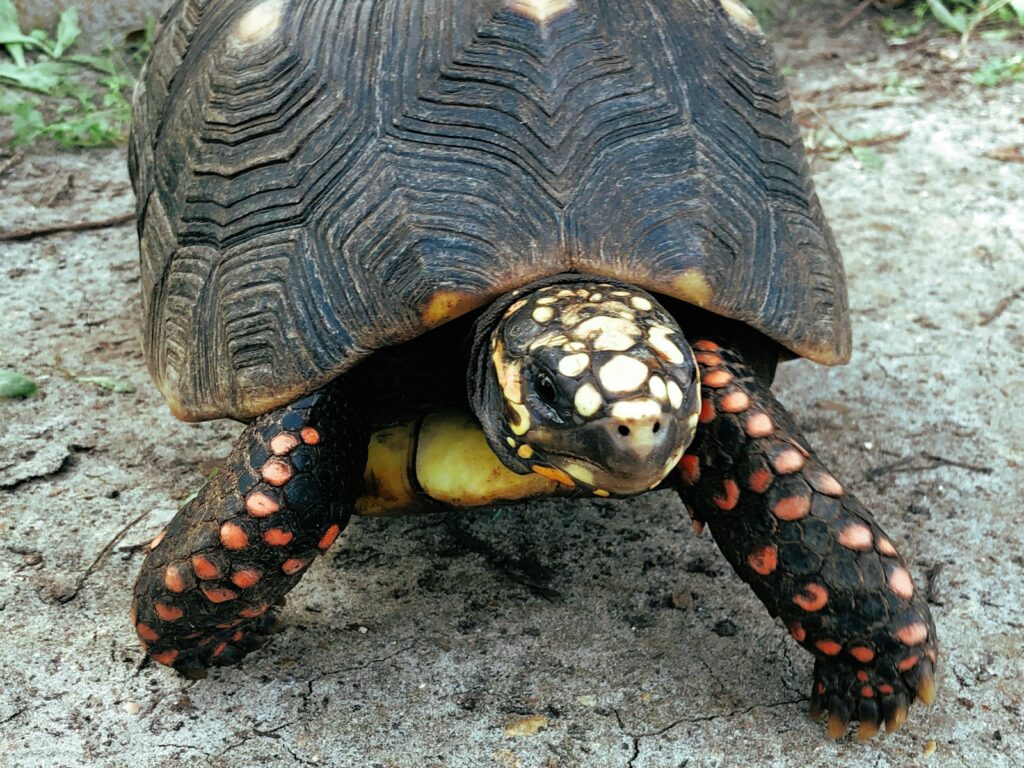
The extraordinary lifespan of tortoises creates unique social dynamics rarely seen with other companion animals, transforming them into living connections across human generations. Many tortoise owners report profound emotional experiences as these animals become living links to deceased family members who once cared for them, creating continuity across time that few other relationships can provide. Tortoises often become repositories of family stories and traditions, with their care instructions and histories passed down alongside other family heirlooms. Their presence across decades allows them to become integrated into family rituals and celebrations in ways shorter-lived pets cannot experience. This longevity also creates unusual educational opportunities, as tortoises can provide direct experiential learning about animals, conservation, and responsible care for multiple generations of children within a family. The social aspects of tortoise ownership extend beyond the family unit as well, with dedicated owner communities forming around the shared experience of caring for animals that often outlive individual human relationships.
Learning from Tortoise Longevity: Implications for Human Health
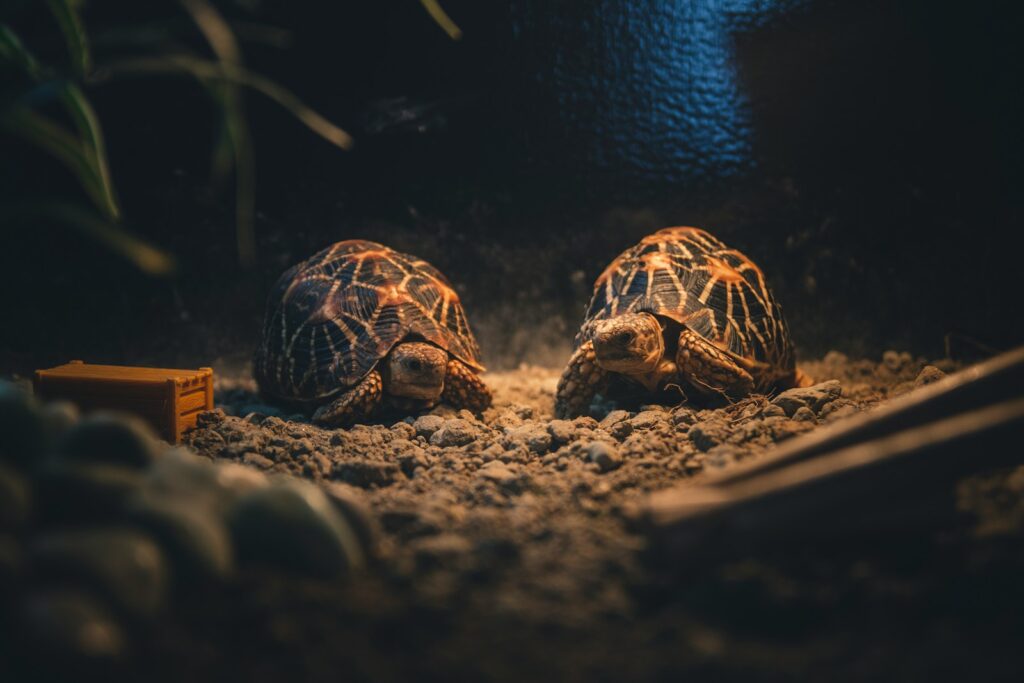
The mechanisms behind tortoise longevity have increasingly captured scientific attention, offering potential insights into fundamental aging processes relevant to human health. Researchers studying comparative biology have identified specific cellular protective mechanisms in tortoise tissues that resist damage more effectively than mammalian equivalents, potentially informing approaches to addressing age-related diseases in humans. The tortoise’s remarkable resistance to cancer despite their long cellular lifespan particularly interests oncology researchers seeking to understand natural cancer suppression mechanisms. Cardiovascular health represents another area of promising research, as tortoises maintain healthy circulatory systems for extraordinarily long periods without developing the atherosclerosis and heart disease that typically affect aging mammals. While humans cannot adopt a tortoise’s metabolic rate or grow protective shells, the molecular and cellular adaptations that enable their longevity may eventually contribute to therapeutic approaches addressing human aging processes. This scientific interest adds another dimension to the significance of tortoise longevity beyond the practical considerations of ownership, positioning these ancient reptiles as potentially valuable models for understanding fundamental aspects of vertebrate aging.
Conclusion: The Privilege and Responsibility of Tortoise Guardianship
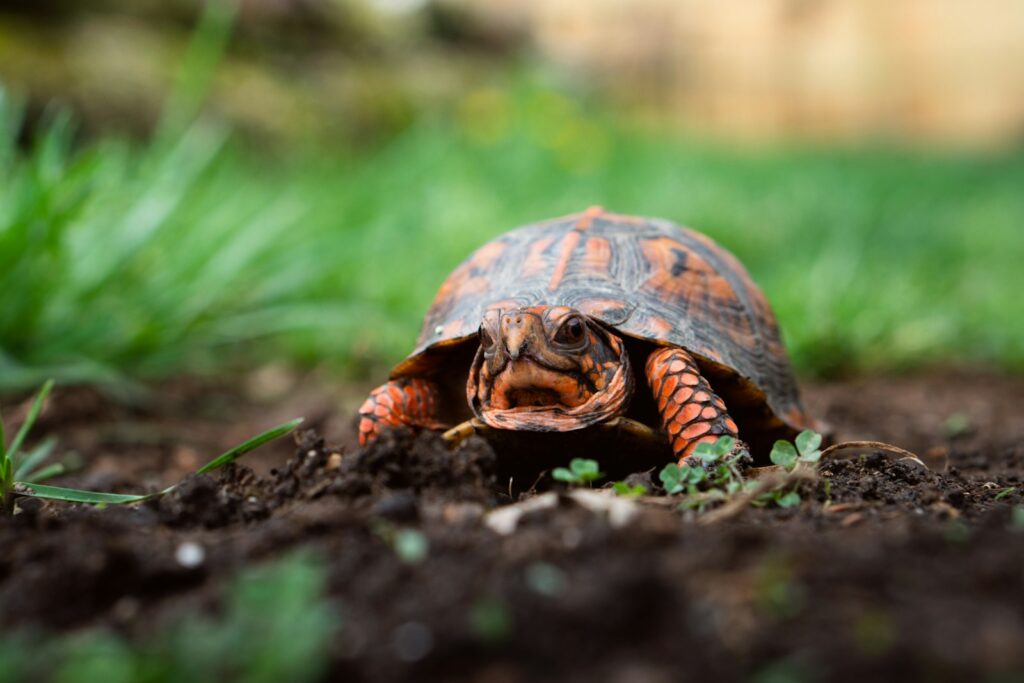
Sharing your life with a tortoise means entering a relationship fundamentally different from other pet ownership experiences—one that spans decades and potentially continues beyond your lifetime. This remarkable longevity transforms tortoise ownership into a form of guardianship or stewardship rather than conventional pet keeping, requiring long-term vision, planning, and commitment. The tortoise’s biological capacity for extreme longevity represents both a privilege and a profound responsibility, offering the rare opportunity to connect with an animal whose lifespan mirrors or exceeds our own. By understanding the fascinating adaptations that enable tortoise longevity—from their methodical metabolism to their sophisticated cellular defenses—owners gain appreciation for these evolutionary marvels while better preparing for the practical implications of their care. Ultimately, the tortoise’s patient journey through time invites us to expand our perspective beyond the typical human timeframe, reminding us that some relationships extend far beyond our individual lifespans and connect us to both past and future generations through the continued well-being of these extraordinary creatures.


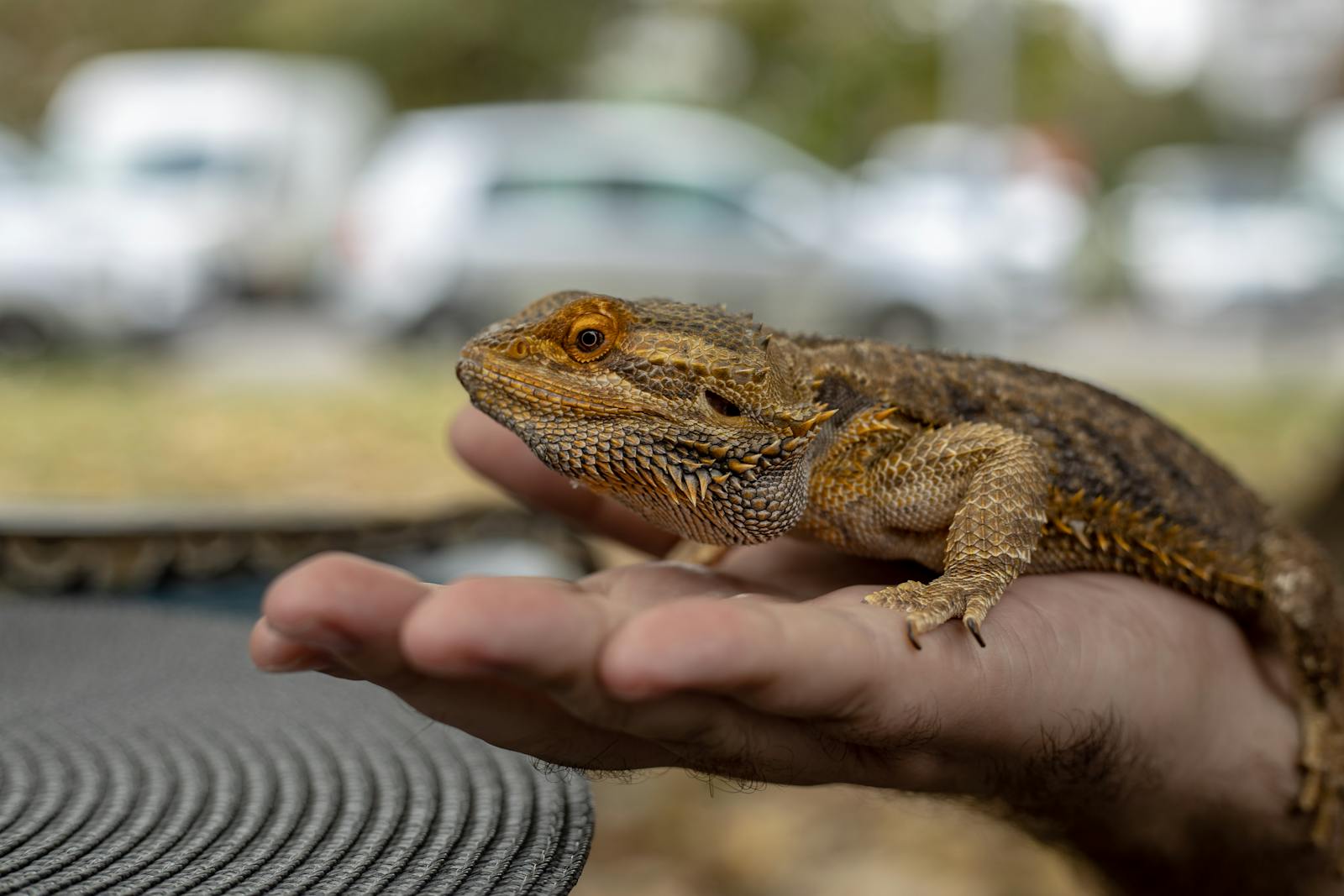
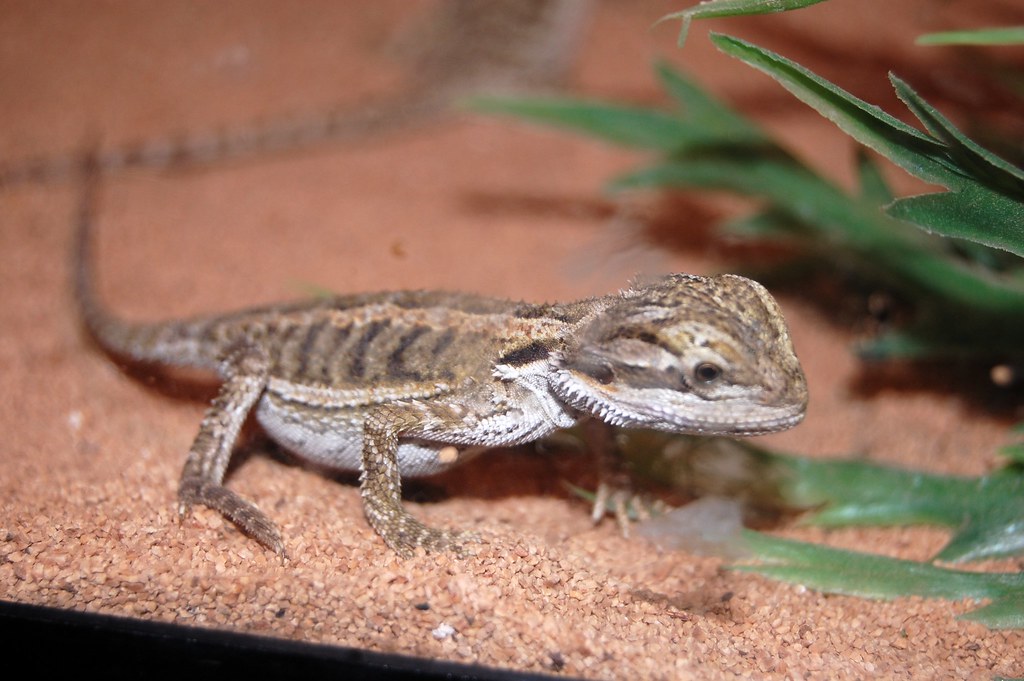
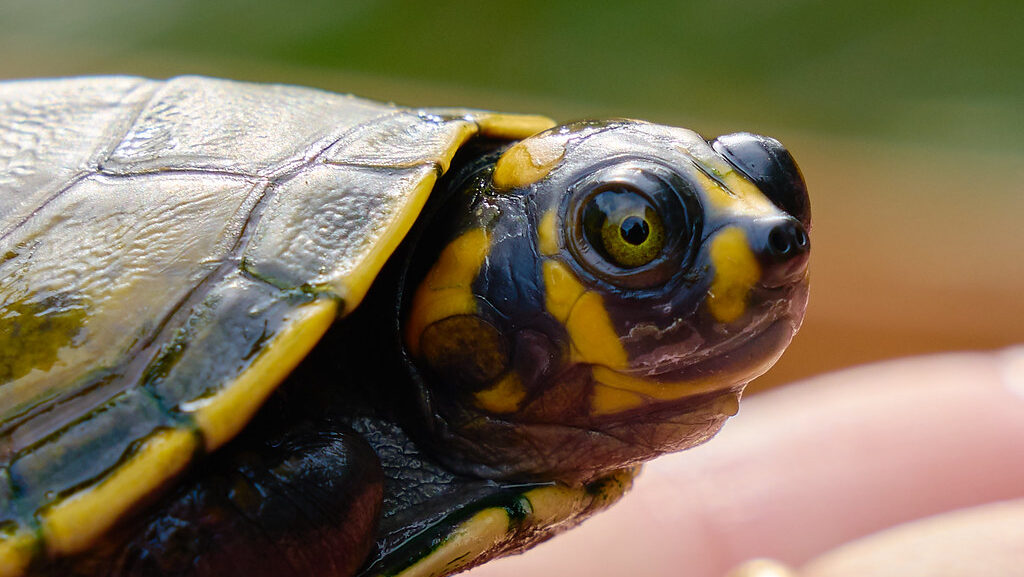
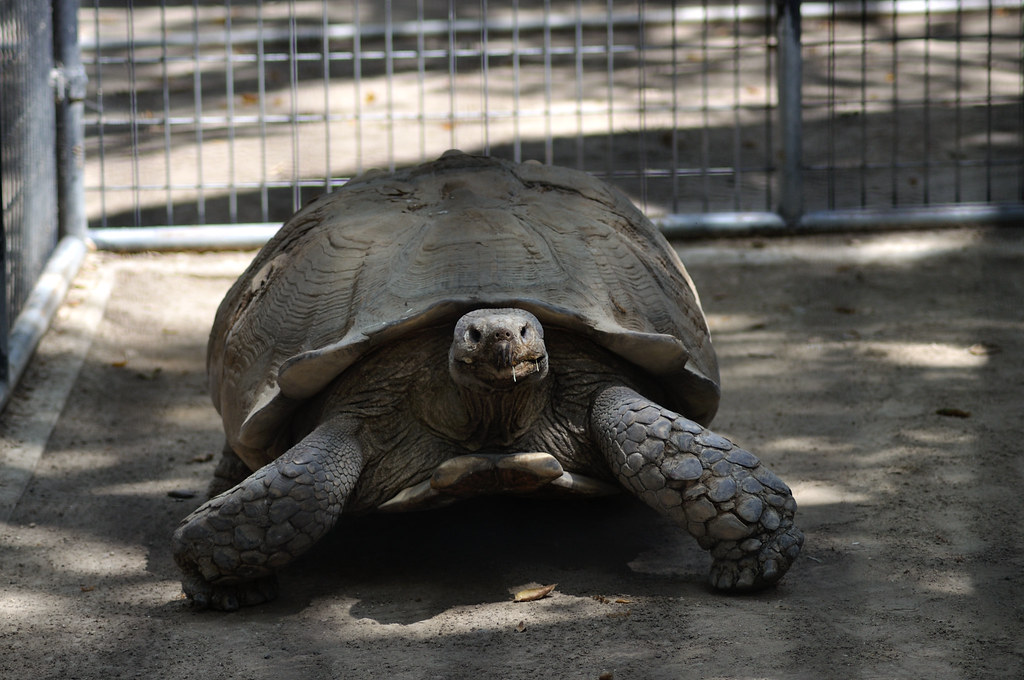
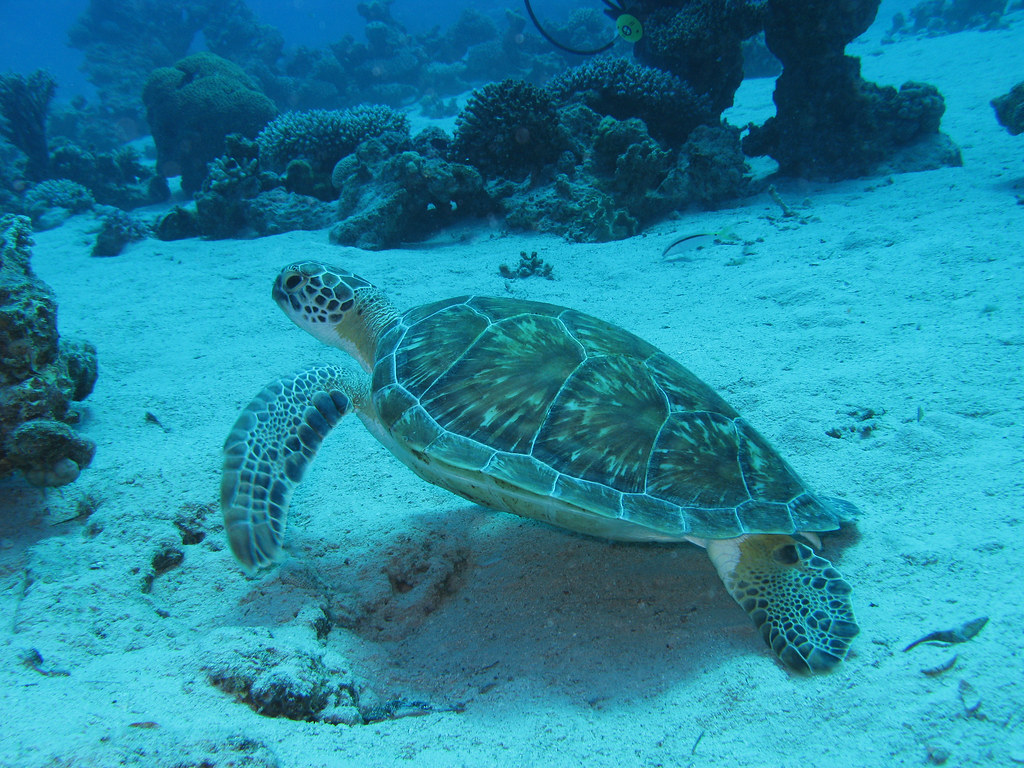
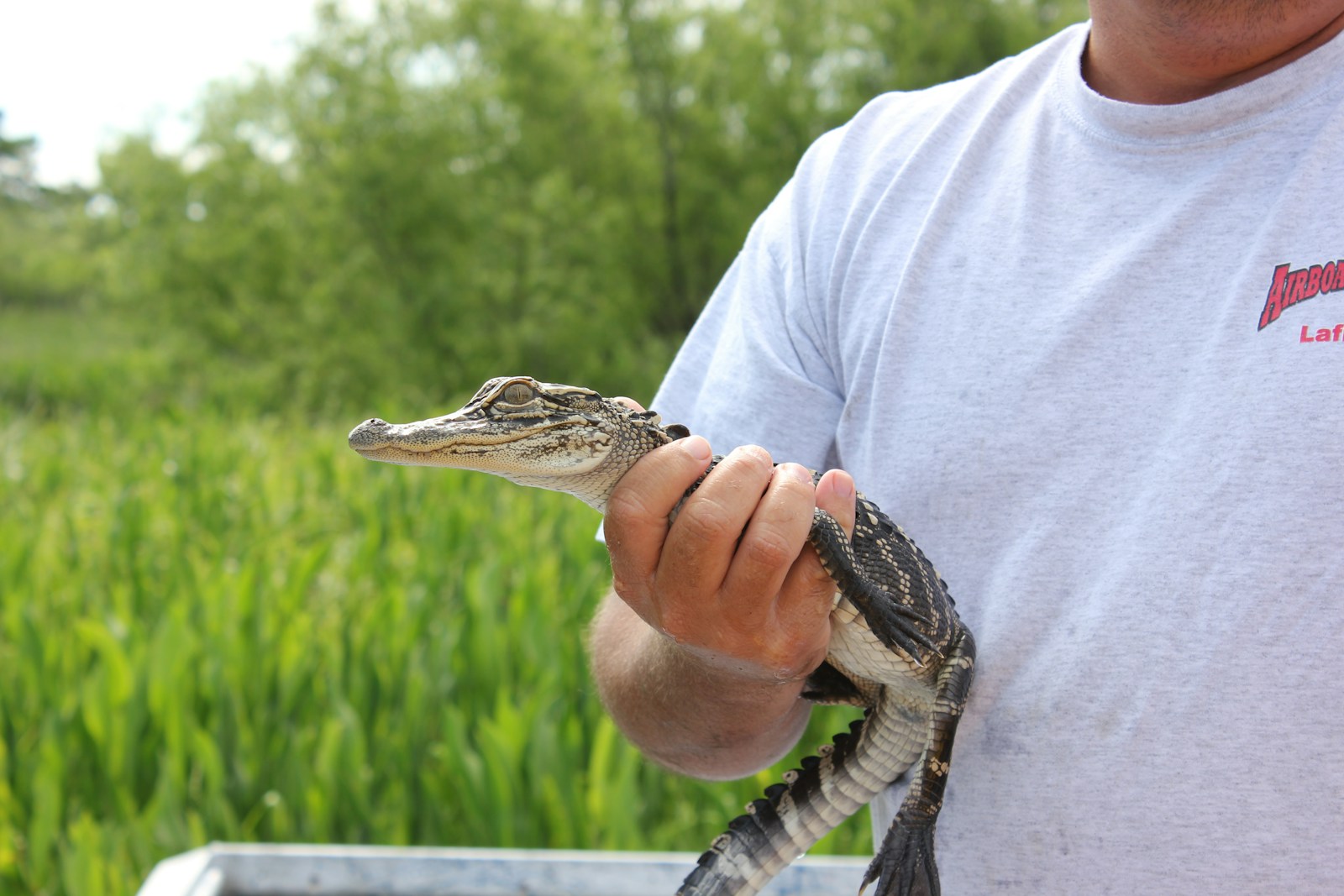

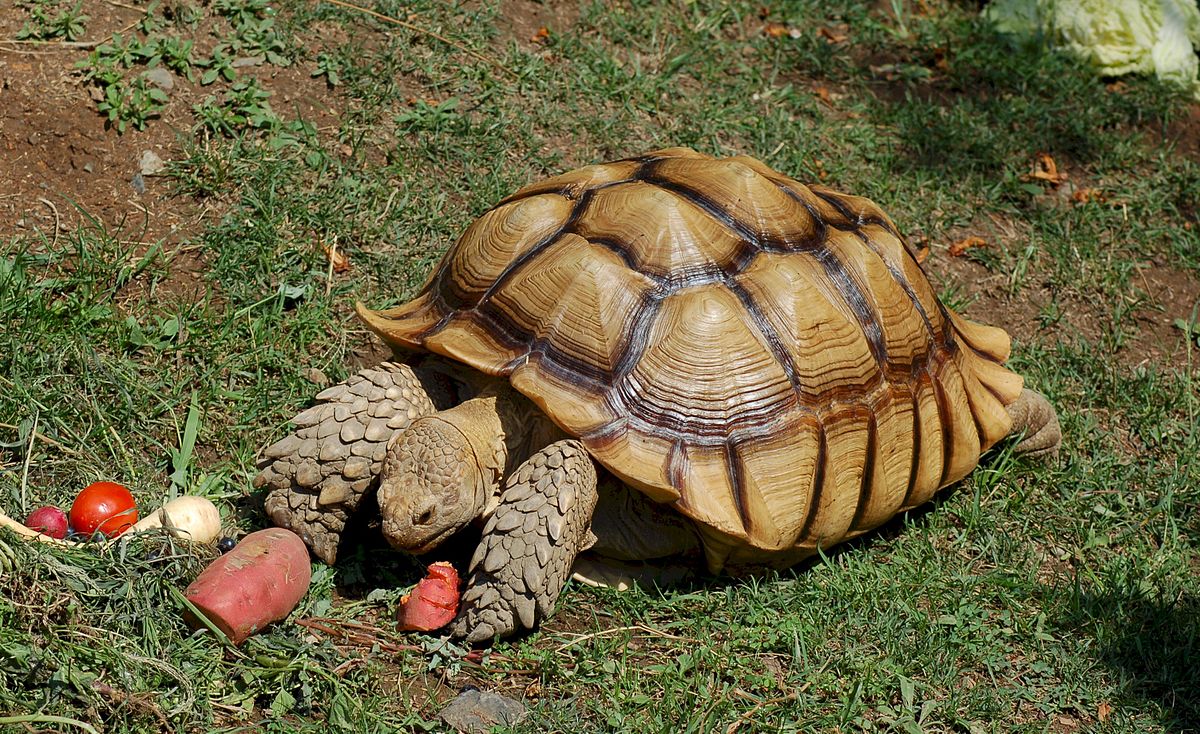
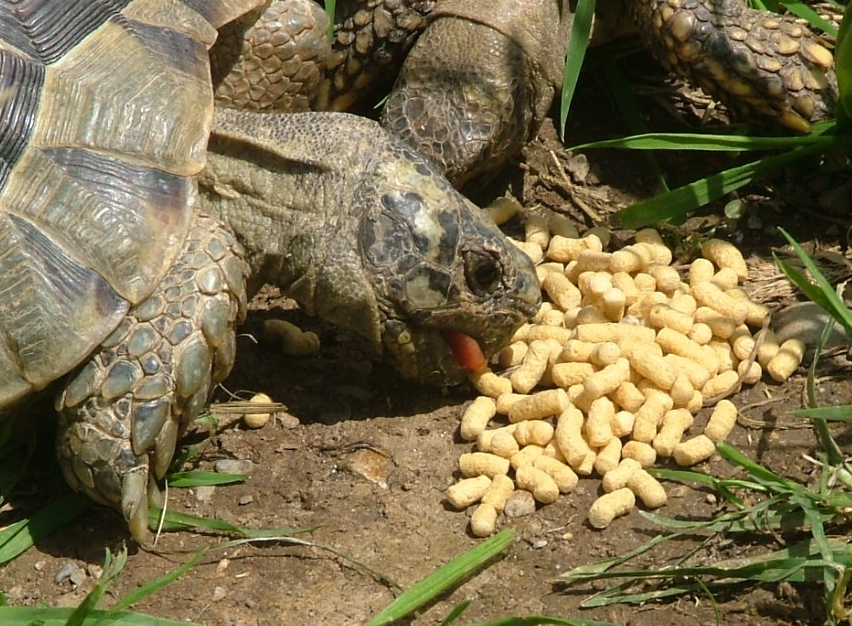





Leave a Reply